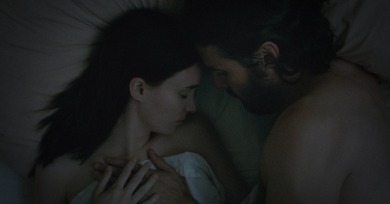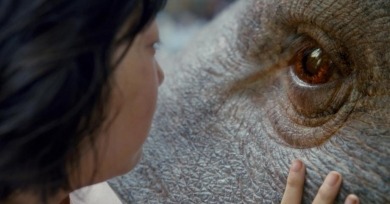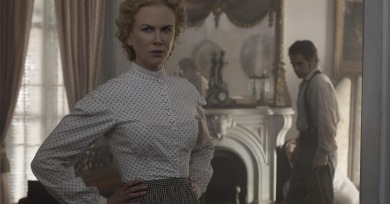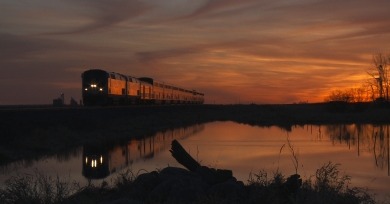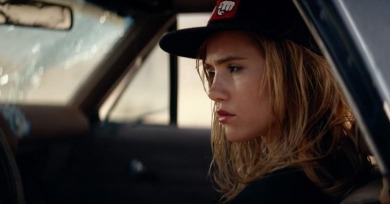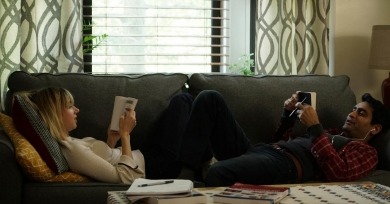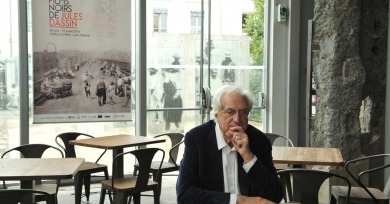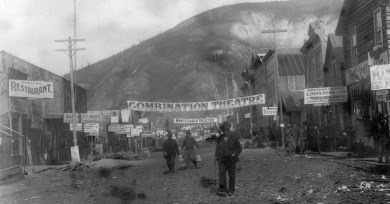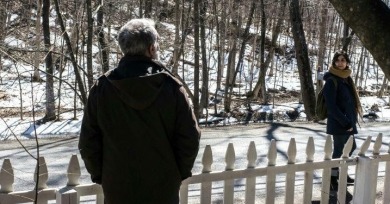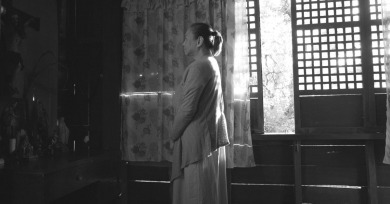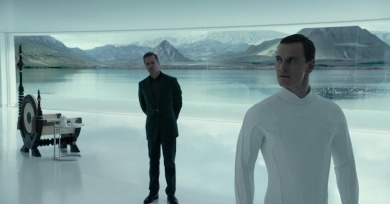Reviews
The film proceeds in an unhurried fashion, from one static shot to the next, with edits more often than not bringing about changes in time and space, rather than additional vantage points on events. Solnicki resists the urge to coalesce his vignettes into a more structured narrative experience.
The Girl Without Hands is based on the Grimm fairy tale of the same name about a young girl escaping from the devil after her father sells her for gold. Animated entirely by Laudenbach himself, the film seems to be in motion even on the rare occasion where it is standing completely still.
Self-consciously spare and reaching for a grandeur possibly too far beyond its frame, A Ghost Story is nevertheless a film of mesmerizing visual ideas and conceptual integrity.
The broad-brush progressivism in Okja will be familiar to viewers who have seen other movies by Bong Joon-ho. Climate change, pollution, genetically modified foods, imperialism, militarism, and corporate greed are among the issues he has tackled.
The 1971 version is a slippery object, an art film made by a genre specialist, while the 2017 film feels like the work of an art house director approaching a genre piece; though in assigning these labels, it is worth investigating what they mean.
We hear story after story in which subjects betray more than they would like about their class, race, personal successes, failures, and family before the patient, gentle cameras.
Amirpour seems to have placed herself in a cozily indulgent trance, mesmerized by the possibilities of deluxe, corporately subsidized cult filmmaking.
The Big Sick was directed by Michael Showalter, whose anarchic sensibility (as best represented in his absurdist sketch comedy troupes The State and Stella) is completely absent from the film.
Tavernier approaches his subject not only as a film lover but also as a film director who knows his way around a set, a man with an inexhaustible appetite for dish about behind-the-scenes goings on and an insatiable curiosity for what makes movies tick.
As the cinematic past increasingly recedes we will probably see a lot more films like Dawson City: Frozen Time, a documentary that attempts to reacquaint viewers with film as film at the same time as it eulogizes the former material basis of the medium.
The juxtaposition of different kinds of interiority, of a living space and a headspace being simultaneously invaded, is sophisticated and clever. It is also not quite enough to offset the accumulation of cliches that Shults uses to shape his story, which is little more than pretense for shows of stylistic force.
While the New York–set Hermia and Helena carries on the alternately fastidious and freewheeling sensibility of his previous Shakespeare films, it is the first to be set outside Argentina, as well as the only one thus far to engage with the Bard in English.
The comparatively bite-sized, almost four-hour The Woman Who Left feels like a work that could start to open Lav Diaz up to a larger U.S. audience in a way that Norte, the End of History, his last film distributed here did not.
The need to resolve the dangling narrative threads of popular works of art is truly a pox. If everything is spelled out, then there is no room left for mystery and imagination. It is always better to allow the mind to race just enough so that it deepens the things that we see and hear.


